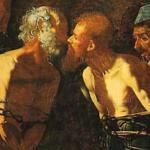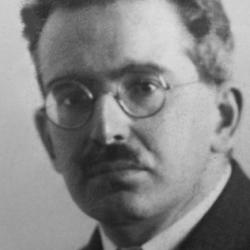During the Second Temple period, the Talmud says, “the temptation for idolatry was slaughtered” (quoted in Haberthal and Margalit, Idolatry, 2).
Then the fight returned, with Maimonides. Now, though, idolatry was a contrast-concept to a new conception of God. Halberthal and Margalit summarize: “The central effort of philosophical religion is the attempt to attain a proper metaphysical conception of God. This conception not only is a necessary condition for the worship of God but also constitutes the high point of religious life. Philosophical religion, which attempts to purify the divinity from anthropomorphism, considers the crux of the problem of idolatry to be the problem of error. Idolatry is perceived first and foremost as an improper conception of God in the mind of the worshiper, thereby internalizing the sin” (2).
Philosophical religion turned the war against the idols again “folk religion,” as the battle became a “struggle against imagination, superstition, and the masses’ projection of their own world onto that of God” (3).
Eventually, though, the attack was turned against monotheism itself. During the 18th and 19th centuries, “the entire project of religion is now placed under suspicion of being idolatry, or false worship, since if there can be a kind of worship that is false here can be no guarantee that there is a kind of worship that is not false.”
Thus the Enlightenment directed philosophical theology’s critique of folk religion and anthropomorphism against philosophical theology itself (3).











